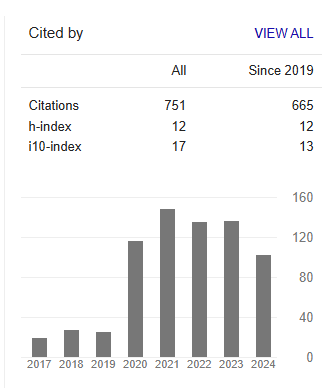Factors associated with nosocomial urinary tract infections in maternity wards of public hospitals in Lubumbashi in DR Congo
Abstract
Mbutshu Lukuke Hendrick, Ntambue Mukengeshayi Abel, Makoutode Michel, Malonga Kaj Françoise
Introduction: Nosocomial urinary tract infection represents between 30 and 50% of all these nosocomial infections. It occupies the first place and constitutes the third entry point for bacteremia. The objective of our study was to identify the risk factors associated with nosocomial urinary tract infections in maternity wards of public hospitals in Lubumbashi. Method: We carried out an analytical cross-sectional study in which the population consisted of parturients who did not have a urinary tract infection on admission. The urine samples were taken and analyzed in the laboratory of the university clinics of Lubumbashi. A case of nosocomial urinary tract infection was defined according to the WHO definition. To collect this urine, the parturients did it themselves after a health education session. Two samples were taken, one at the entry and the other at the exit of the parturient from the maternity hospital. The univariate analysis used the prevalence ratio as an indicator of risk with a 95% confidence interval and the bivariate analysis included all risk factors that had a significance level p Ë? 0.05 by a regression model binary logistics.
Results: Out of the total of 1240 parturients selected and who were distributed in seven maternities of public hospitals in the city of Lubumbashi. It was noted that women who gave birth at HGR Kampemba were up to ten times more likely to develop nosocomial urinary tract infection than those who did at HGR Kisanga. An association was observed between delivery with complications (p = 0.032), long length of stay (p <0.001), delivery with surgical intervention (p <0.001) and antibiotic therapy (p = 0.020).
Conclusion: Nosocomial urinary tract infections were varied depending on the characteristics of health structures, characteristics of parturients and health care. It is necessary to improve the hospital hygiene of the personnel, the hospital environment and the materials as well as a good policy of use of the antibacterials.



